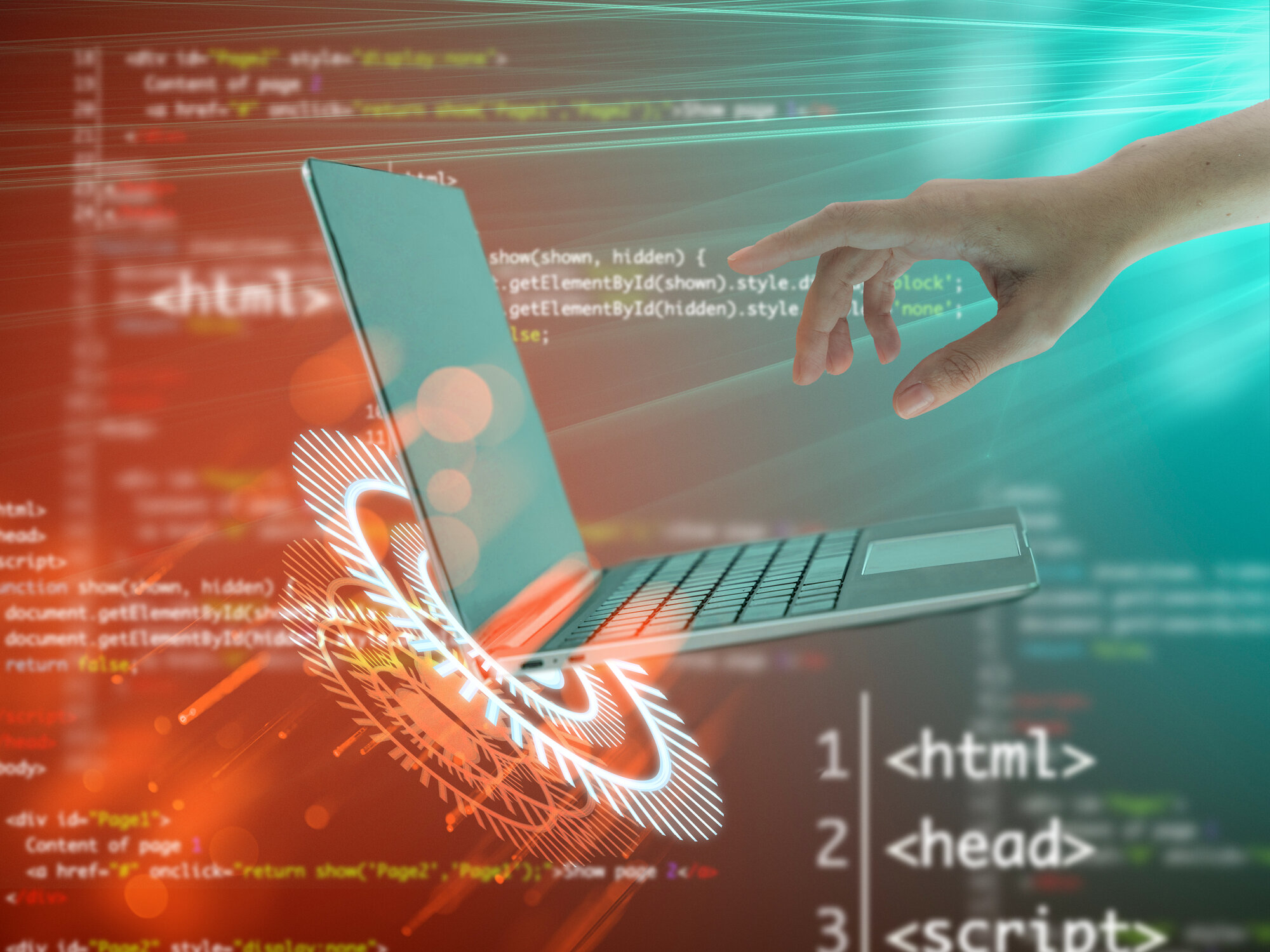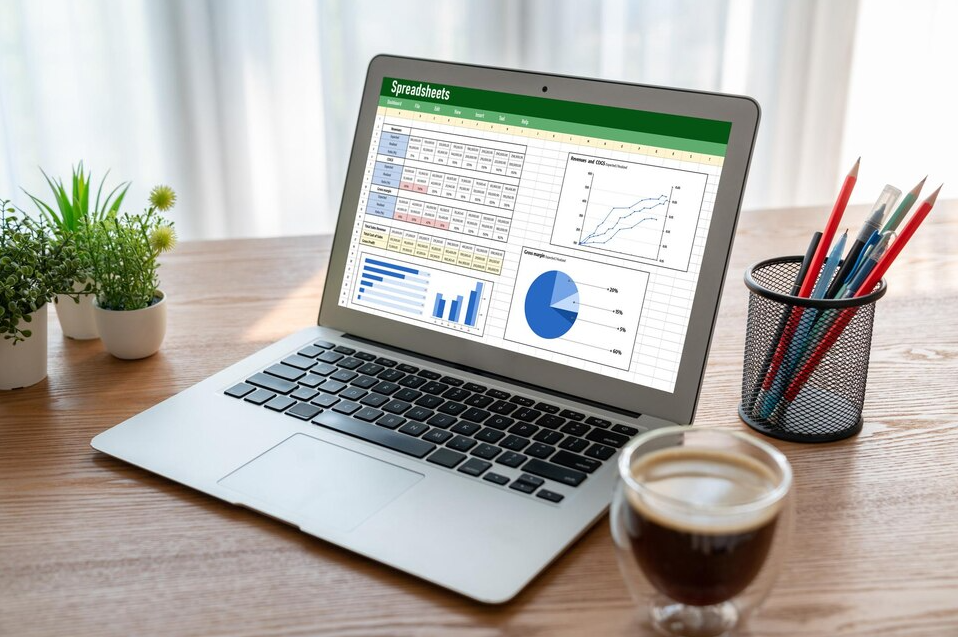
- Home
- Course
- IT & Software
- Data Manipulation in Python: Master Python, Numpy & Pandas
Data Manipulation in Python: Master Python, Numpy & Pandas
-
 Level: Intermediate
Level: Intermediate
-
 Modules: 107 Modules
Modules: 107 Modules -
 Duration: 4 hours, 47 minutes
Duration: 4 hours, 47 minutes -
 Students: 1
Students: 1
Learning Outcomes
- Understand and utilize essential Python libraries for data science.
- Master the fundamental properties and functionalities of Numpy.
- Perform effective data cleaning and preparation.
- Create insightful data visualizations using Python tools.
- Conduct comprehensive exploratory data analysis.
- Analyze and manipulate time series data efficiently.
Why buy this Data Manipulation in Python: Master Python, Numpy & Pandas course?
- Unlimited access to the course for forever
- Digital Certificate, Transcript, student ID all included in the price
- Absolutely no hidden fees
- Directly receive CPD accredited qualifications after course completion
- Receive one to one assistance on every weekday from professionals
- Immediately receive the PDF certificate after passing
- Receive the original copies of your certificate and transcript on the next working day
- Easily learn the skills and knowledge from the comfort of your home
Certification
After studying the course materials of the Data Manipulation in Python: Master Python, Numpy & Pandas there will be a written assignment test which you can take either during or at the end of the course. After successfully passing the test you will be able to claim the pdf certificate for £4.99. Original Hard Copy certificates need to be ordered at an additional cost of £8.
Who is this Data Manipulation in Python: Master Python, Numpy & Pandas course for?
- Aspiring data scientists seeking a strong foundation in data manipulation.
- Python enthusiasts aiming to enhance their data analysis capabilities.
- Students in mathematics or statistics looking to apply their knowledge to data science.
- Professionals transitioning into data-driven roles.
- Anyone interested in learning how to manage and analyse data using Python.
- Researchers and analysts wanting to improve their data processing skills.
Prerequisites
This Data Manipulation in Python: Master Python, Numpy & Pandas does not require you to have any prior qualifications or experience. You can just enrol and start learning. This Data Manipulation in Python: Master Python, Numpy & Pandas was made by professionals and it is compatible with all PC’s, Mac’s, tablets and smartphones. You will be able to access the course from anywhere at any time as long as you have a good enough internet connection.
Career path
- Data Analyst: £25,000 to £45,000 per year
- Data Scientist: £45,000 to £70,000 per year
- Business Intelligence Analyst: £30,000 to £55,000 per year
- Machine Learning Engineer: £50,000 to £80,000 per year
- Quantitative Analyst: £60,000 to £90,000 per year
- Data Engineer: £40,000 to £65,000 per year
Course Curriculum
| Python Quick Refresher (Optional) | |||
| Welcome to the course! | 00:01:00 | ||
| Introduction to Python | 00:01:00 | ||
| Setting up Python | 00:02:00 | ||
| What is Jupyter? | 00:01:00 | ||
| Anaconda Installation: Windows, Mac & Ubuntu | 00:04:00 | ||
| How to implement Python in Jupyter? | 00:01:00 | ||
| Managing Directories in Jupyter Notebook | 00:03:00 | ||
| Input/Output | 00:02:00 | ||
| Working with different datatypes | 00:01:00 | ||
| Variables | 00:02:00 | ||
| Arithmetic Operators | 00:02:00 | ||
| Comparison Operators | 00:01:00 | ||
| Logical Operators | 00:03:00 | ||
| Conditional statements | 00:02:00 | ||
| Loops | 00:04:00 | ||
| Sequences: Lists | 00:03:00 | ||
| Sequences: Dictionaries | 00:03:00 | ||
| Sequences: Tuples | 00:01:00 | ||
| Functions: Built-in Functions | 00:01:00 | ||
| Functions: User-defined Functions | 00:04:00 | ||
| Essential Python Libraries for Data Science | |||
| Installing Libraries | 00:01:00 | ||
| Importing Libraries | 00:02:00 | ||
| Pandas Library for Data Science | 00:01:00 | ||
| NumPy Library for Data Science | 00:01:00 | ||
| Pandas vs NumPy | 00:01:00 | ||
| Matplotlib Library for Data Science | 00:01:00 | ||
| Seaborn Library for Data Science | 00:01:00 | ||
| Fundamental NumPy Properties | |||
| Introduction to NumPy arrays | 00:01:00 | ||
| Creating NumPy arrays | 00:06:00 | ||
| Indexing NumPy arrays | 00:06:00 | ||
| Array shape | 00:01:00 | ||
| Iterating Over NumPy Arrays | 00:05:00 | ||
| Mathematics for Data Science | |||
| Basic NumPy arrays: zeros() | 00:02:00 | ||
| Basic NumPy arrays: ones() | 00:01:00 | ||
| Basic NumPy arrays: full() | 00:01:00 | ||
| Adding a scalar | 00:02:00 | ||
| Subtracting a scalar | 00:01:00 | ||
| Multiplying by a scalar | 00:01:00 | ||
| Dividing by a scalar | 00:01:00 | ||
| Raise to a power | 00:01:00 | ||
| Transpose | 00:01:00 | ||
| Element wise addition | 00:02:00 | ||
| Element wise subtraction | 00:01:00 | ||
| Element wise multiplication | 00:01:00 | ||
| Element wise division | 00:01:00 | ||
| Matrix multiplication | 00:02:00 | ||
| Statistics | 00:03:00 | ||
| Python Pandas DataFrames & Series | |||
| What is a Python Pandas DataFrame? | 00:01:00 | ||
| What is a Python Pandas Series? | 00:01:00 | ||
| DataFrame vs Series | 00:01:00 | ||
| Creating a DataFrame using lists | 00:03:00 | ||
| Creating a DataFrame using a dictionary | 00:01:00 | ||
| Loading CSV data into python | 00:02:00 | ||
| Changing the Index Column | 00:01:00 | ||
| Inplace | 00:01:00 | ||
| Examining the DataFrame: Head & Tail | 00:01:00 | ||
| Statistical summary of the DataFrame | 00:01:00 | ||
| Slicing rows using bracket operators | 00:01:00 | ||
| Indexing columns using bracket operators | 00:01:00 | ||
| Boolean list | 00:01:00 | ||
| Filtering Rows | 00:01:00 | ||
| Filtering rows using & and | operators | 00:02:00 | ||
| Filtering data using loc() | 00:04:00 | ||
| Filtering data using iloc() | 00:02:00 | ||
| Adding and deleting rows and columns | 00:03:00 | ||
| Sorting Values | 00:02:00 | ||
| Exporting and saving pandas DataFrames | 00:02:00 | ||
| Concatenating DataFrames | 00:01:00 | ||
| groupby() | 00:03:00 | ||
| Data Cleaning | |||
| Introduction to Data Cleaning | 00:01:00 | ||
| Quality of Data | 00:01:00 | ||
| Examples of Anomalies | 00:01:00 | ||
| Median-based Anomaly Detection | 00:03:00 | ||
| Mean-based anomaly detection | 00:03:00 | ||
| Z-score-based Anomaly Detection | 00:03:00 | ||
| Interquartile Range for Anomaly Detection | 00:05:00 | ||
| Dealing with missing values | 00:06:00 | ||
| Regular Expressions | 00:07:00 | ||
| Feature Scaling | 00:03:00 | ||
| Data Visualization using Python | |||
| Introduction | 00:01:00 | ||
| Setting Up Matplotlib | 00:01:00 | ||
| Plotting Line Plots using Matplotlib | 00:02:00 | ||
| Title, Labels & Legend | 00:07:00 | ||
| Plotting Histograms | 00:01:00 | ||
| Plotting Bar Charts | 00:02:00 | ||
| Plotting Pie Charts | 00:03:00 | ||
| Plotting Scatter Plots | 00:06:00 | ||
| Plotting Log Plots | 00:01:00 | ||
| Plotting Polar Plots | 00:02:00 | ||
| Handling Dates | 00:01:00 | ||
| Creating multiple subplots in one figure | 00:03:00 | ||
| Exploratory Data Analysis | |||
| Introduction | 00:01:00 | ||
| What is Exploratory Data Analysis? | 00:01:00 | ||
| Univariate Analysis | 00:02:00 | ||
| Univariate Analysis: Continuous Data | 00:06:00 | ||
| Univariate Analysis: Categorical Data | 00:02:00 | ||
| Bivariate analysis: Continuous & Continuous | 00:05:00 | ||
| Bivariate analysis: Categorical & Categorical | 00:03:00 | ||
| Bivariate analysis: Continuous & Categorical | 00:02:00 | ||
| Detecting Outliers | 00:06:00 | ||
| Categorical Variable Transformation | 00:04:00 | ||
| Time Series in Python | |||
| Introduction to Time Series | 00:02:00 | ||
| Getting Stock Data using Yfinance | 00:03:00 | ||
| Converting a Dataset into Time Series | 00:04:00 | ||
| Working with Time Series | 00:04:00 | ||
| Time Series Data Visualization with Python | 00:03:00 | ||
| Course Materials | |||
| Course Materials | 00:50:00 | ||


Related Courses
Dive into the limitless potential of Excel with Mastering Excel 2016, the ultimate guide to harnessing this powerful software. From …
1
Master the art of professional document creation and elevate your productivity with Microsoft Word Advanced. This course empowers you to …
1
Step into the world of seamless data management with Microsoft Access for Beginners, your gateway to building, organizing, and analyzing …
2
Grab This Course for
$427.70 Original price was: $427.70.$27.30Current price is: $27.30. ex Vat









